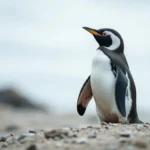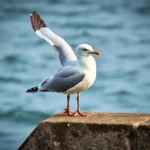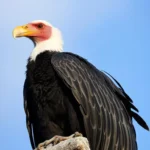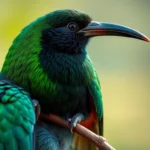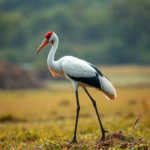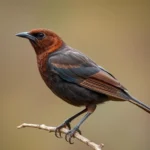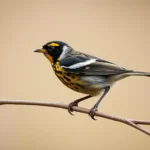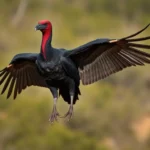The Enigmatic European Bee Eater: Symbolism and Spiritual Significance
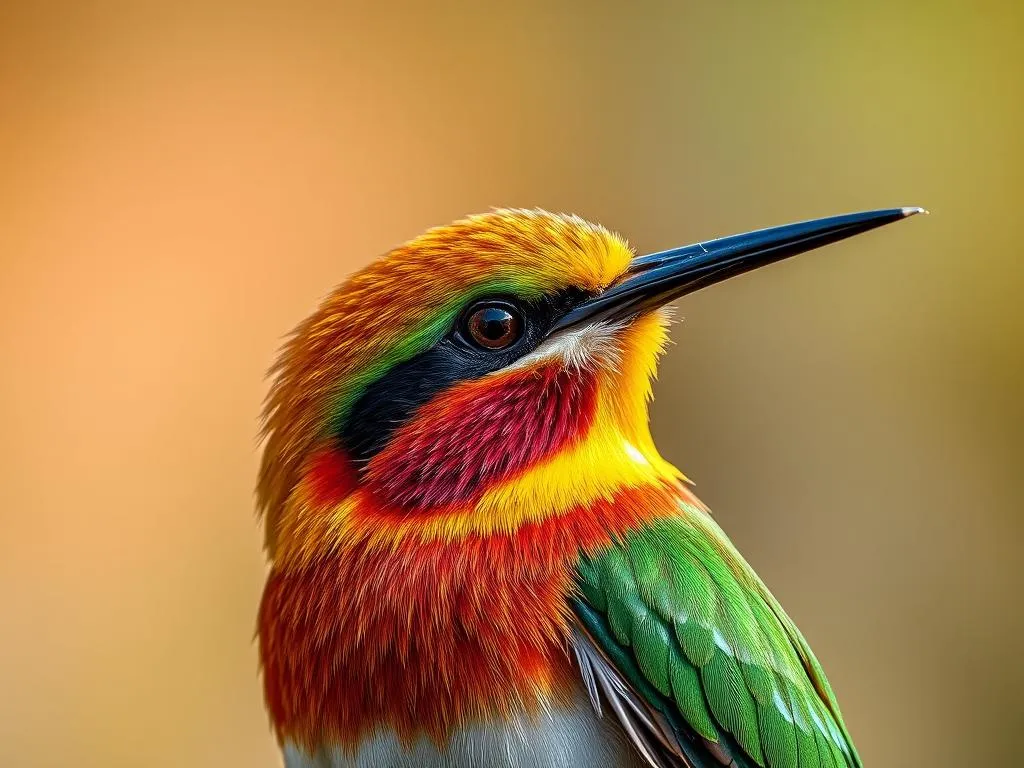
Disclaimer: Some images on this website are AI-generated artworks and may not accurately represent real animals.
The European Bee Eater, a strikingly colorful avian species, captivates bird enthusiasts and nature lovers alike. Beyond its vibrant appearance, it carries profound symbolism and meaning that resonates through various cultures and personal reflections. This article delves into the essence of the European Bee Eater, exploring its characteristics, behavioral traits, and the rich tapestry of meanings associated with this remarkable bird.
Understanding the European Bee Eater
Description and Habitat
The European Bee Eater (Merops apiaster) is renowned for its vibrant colors and distinctive features. Here’s a closer look at its physical characteristics:
| Feature | Description |
|---|---|
| Plumage | Brightly colored with green, blue, yellow, and orange hues |
| Size | Approximately 26-29 cm in length |
| Beak | Long, slender, and pointed for catching insects |
| Wings | Long and pointed, enhancing flight agility |
| Tail | Forked tail, aiding in swift maneuvers |
Preferred Environments
The European Bee Eater thrives in warm, sunny habitats, often nesting in vertical banks or sandy cliffs. Its range spans across Europe, parts of Africa, and into Asia, favoring open landscapes, grasslands, and areas near water bodies. These birds are particularly fond of regions abundant in flying insects, especially bees, which form a significant part of their diet.
Behavior and Diet
The hunting techniques of the European Bee Eater are nothing short of remarkable. They exhibit agility and precision, often seen catching bees mid-air with their swift flight. Their diet primarily consists of:
- Bees
- Wasps
- Dragonflies
- Other flying insects
Social Structure
European Bee Eaters are highly social birds. They often live in colonies, demonstrating communal living through shared nesting sites. This social behavior plays a crucial role in their survival, as they rely on each other for protection and locating food.
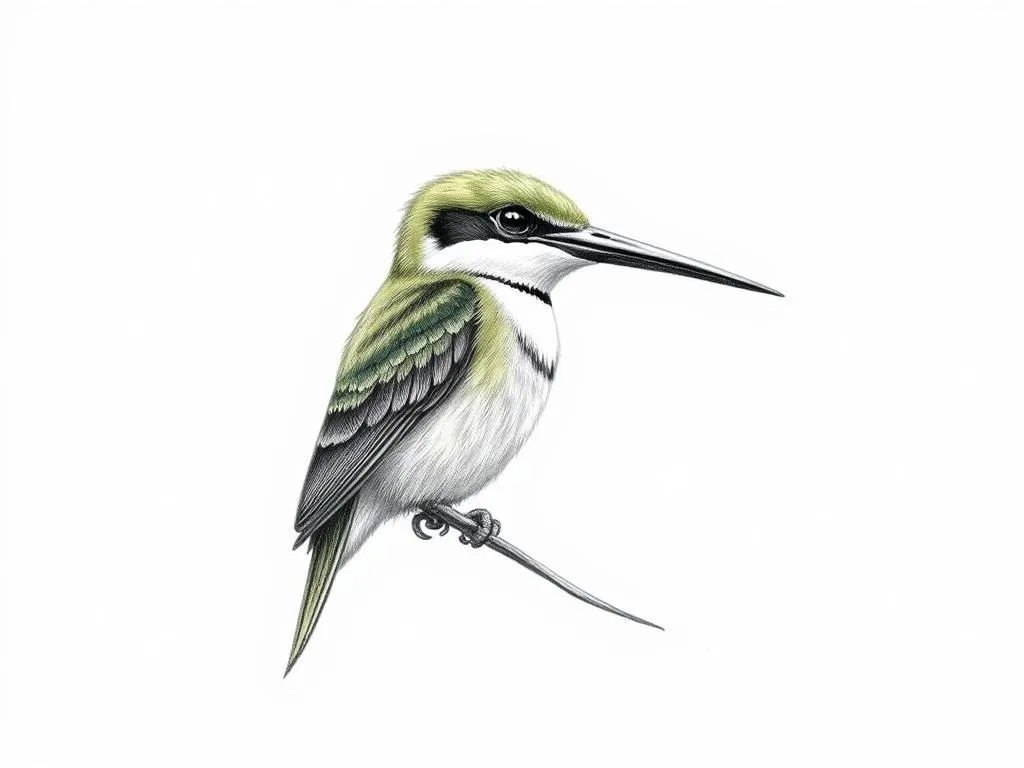
Symbolism & Spiritual Meaning
The symbolism and spiritual significance of the European Bee Eater are deeply rooted in its vibrant appearance and ecological role.
Color Representation
The vivid plumage of the European Bee Eater symbolizes:
- Joy: The bright colors represent happiness and a zest for life.
- Creativity: Their striking appearance inspires artistic expression.
- Vitality: The bird embodies the energy of nature, reminding us of the vibrancy of life.
Connection to Nature
As a pollinator, the European Bee Eater plays a vital role in maintaining ecological balance. Its presence in the ecosystem signifies a healthy environment where predator and prey coexist harmoniously. The bird symbolizes:
- Balance in Nature: It highlights the intricate relationships within ecosystems.
- Environmental Awareness: The decline in bee populations has sparked concern for biodiversity, making the Bee Eater a symbol of ecological stewardship.
Cultural Significance
Throughout history, the European Bee Eater has been a source of inspiration in various cultures. Folklore and myths have often portrayed this bird as a messenger of joy and a symbol of connection to the divine. Its artistic representations in literature and art serve to highlight its significance:
- Folklore: In some cultures, it is said that the Bee Eater brings good fortune.
- Artistic Inspirations: Many artists have drawn from its beauty to express themes of freedom and nature.
The European Bee Eater in Dreams
Dreams featuring the European Bee Eater can carry significant meanings, often reflecting personal aspirations and emotional states.
Interpretations of Bee Eater Dreams
Dreaming of the European Bee Eater may symbolize:
- Freedom and Exploration: The bird’s vibrant flight can represent a desire for adventure and personal growth.
- Communication and Expression: As a social creature, its presence in dreams may indicate a need to communicate and share ideas with others.
Common Themes and Messages
Here are some common themes associated with dreaming about the European Bee Eater:
| Theme | Meaning |
|---|---|
| Dreaming of a flock | Symbolizes community, cooperation, and support |
| Solo flights | Represents individuality and the pursuit of personal goals |
Modern Interpretations
The European Bee Eater continues to hold relevance in contemporary society, embodying themes of creativity and environmental consciousness.
The European Bee Eater as a Spirit Animal
When regarded as a spirit animal, the European Bee Eater offers guidance in various aspects of life:
- Embracing Creativity: Its vibrant nature encourages individuals to explore their artistic sides.
- Connecting with Nature: The bird serves as a reminder of the importance of preserving natural habitats and biodiversity.
Influence in Popular Culture
In modern media, the European Bee Eater has made appearances in various forms:
- Art: Its striking colors and behaviors have inspired countless artworks.
- Literature: Symbolizing resilience and adaptability, it often appears in narratives reflecting the challenges of life.
Key Takeaways
Understanding the European Bee Eater’s symbolism provides insight into its role in nature and culture. Here are some key points to consider:
- The vibrant plumage symbolizes joy, creativity, and vitality.
- It serves as a reminder of the ecological balance and the importance of pollinators.
- Cultural significance spans folklore, myths, and artistic representations.
- Dreams of the Bee Eater can represent freedom, exploration, and communication.
- As a spirit animal, it encourages personal creativity and environmental awareness.
Conclusion
The European Bee Eater stands as a potent symbol of creativity, community, and harmony in nature. Its vibrant presence enriches our understanding of the interconnectedness of life and the beauty of the natural world. As we reflect on its significance, we are encouraged to appreciate and protect this remarkable bird and its habitat, ensuring that future generations can also experience the joy and inspiration it brings.
